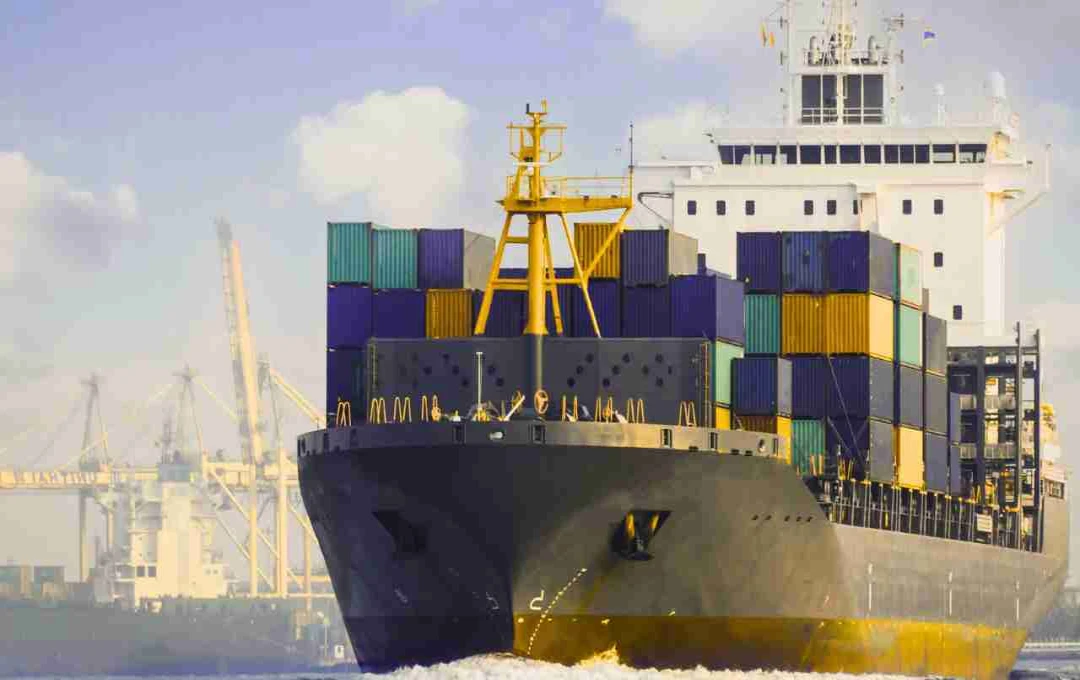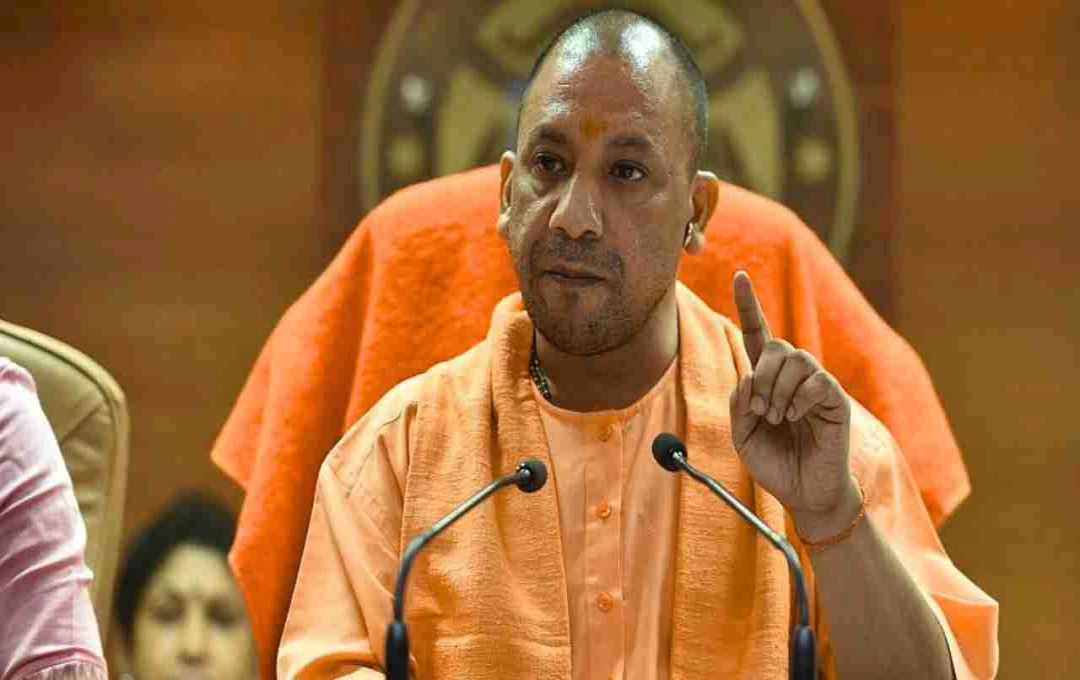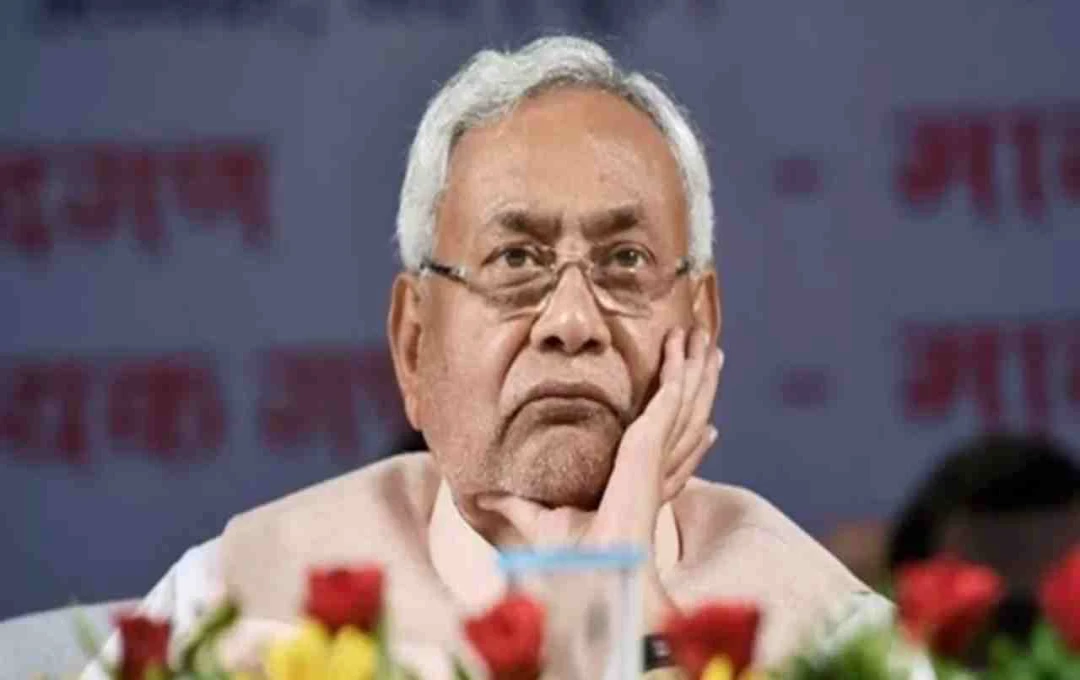This scheme was announced in the Union Budget for fiscal year 2022 and received formal approval from the Union Cabinet in July 2021.
To make India a major player in global trade through maritime routes, the central government has taken a significant step. The government is now working on a plan to build 200 new Indian-flagged vessels at a cost of approximately ₹1.30 lakh crore. These vessels will be built in Indian shipyards and will be under the control of public sector companies.
Earlier, the central government had introduced a scheme in the fiscal year 2022 budget to promote domestic shipping, but this scheme was not entirely successful. Due to its failure, the government has now created a new plan to make India self-reliant in maritime trade.
Government Ministries Jointly Expressed the Need
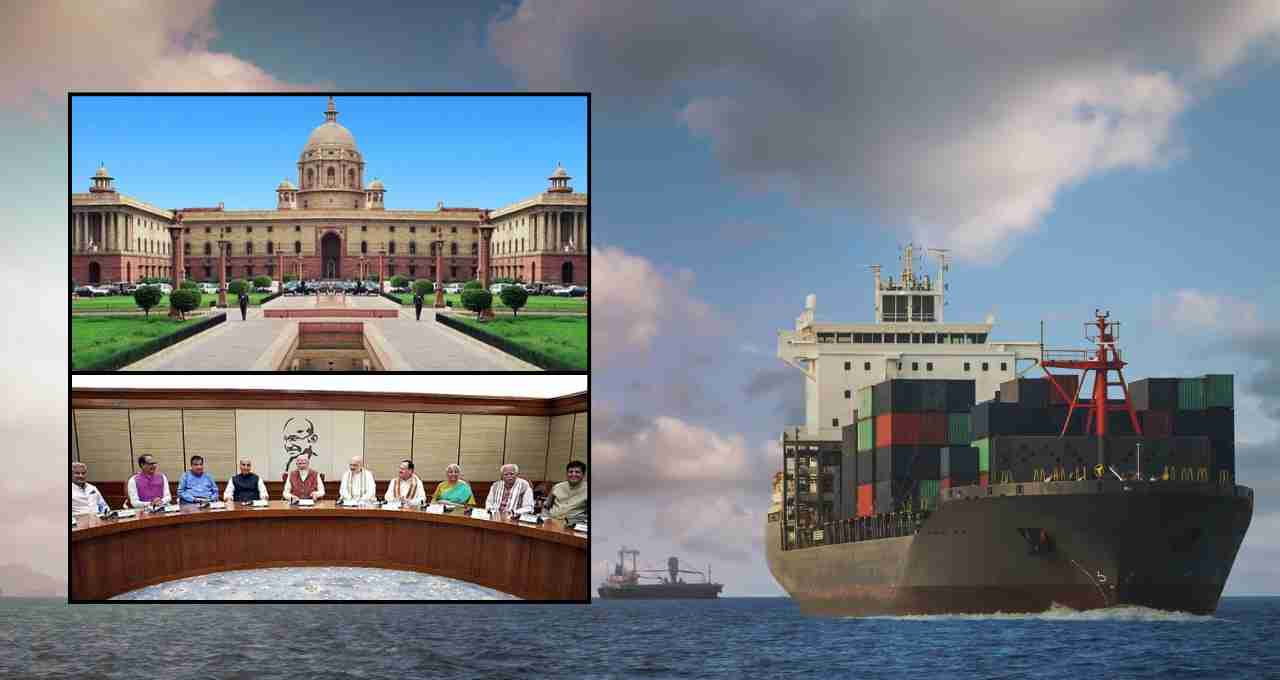
According to the Ministry of Shipping, the Ministries of Petroleum, Steel, and Fertilizers have raised the demand for Indian-flagged vessels. According to reports, these three ministries have expressed a need for 200 new vessels with a capacity of about 8.6 million gross tons. The estimated cost to build these vessels will be ₹1.3 lakh crore.
These vessels will be primarily used for the import and export of heavy goods such as crude oil, LPG, coal, and fertilizers. This will reduce the country's dependence on foreign shipping companies and give Indian vessels a larger share in global trade.
How the Previous Scheme Failed
Under the scheme announced in fiscal year 2022, the government had created a fund of ₹1,624 crore to promote Indian-flagged vessels. Under this, Indian shipping companies were to be given subsidies of up to 15% so that they could participate in global tenders.
However, reports indicate that only ₹330 crore has been disbursed so far, and the market share of Indian-flagged vessels is still stuck at around 8%. In the 1980s, this share was more than 40%, which has now decreased significantly.
The Country's Heavy Expenditure on Foreign Vessels
According to government figures, India pays approximately $70 billion annually to foreign shipping companies. This is because the number of vessels built or operated by India is very small.
In 2023-24, Indian ports handled 1540.34 million metric tons of cargo, which is 7.5% more than the previous year. But the participation of Indian vessels in this growing cargo remained negligible.
Why is the cost of Indian vessels higher?
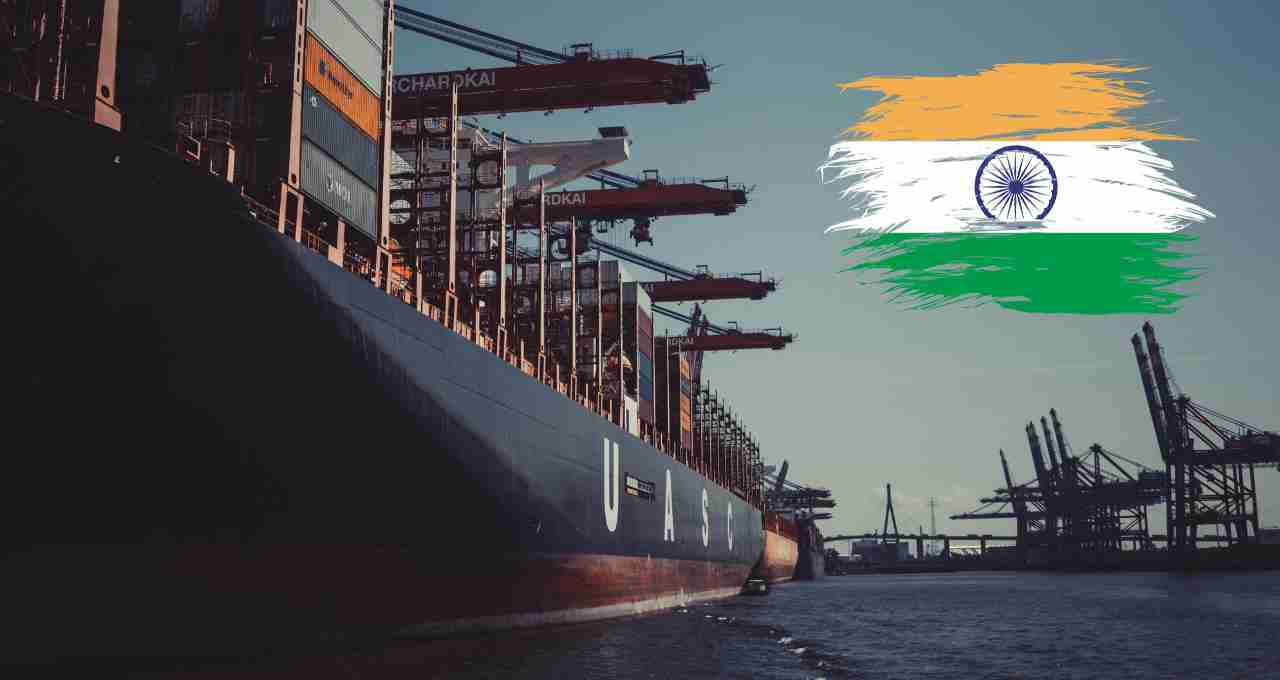
It is not easy to operate Indian-flagged vessels. It is mandatory to have Indian sailors on them, and they have to comply with domestic taxes and company laws. This increases their operational costs by about 20%.
In addition, Indian companies have to pay Integrated GST on the import of vessels, the credit of which is also blocked. At the same time, additional GST is also levied on vessels providing services between two Indian ports, while these rules do not apply to foreign vessels.
Demands of Industry Organizations
Anil Devli, CEO of the Indian National Shipowners Association, said that the government should reduce the taxes and duties levied on Indian vessels. He says that Indian vessels are at a disadvantage compared to foreign vessels because they are burdened with more costs.
Industry organizations have long been demanding that the government provide tax exemptions and financial assistance to Indian vessels so that India can become a b player in maritime trade.
